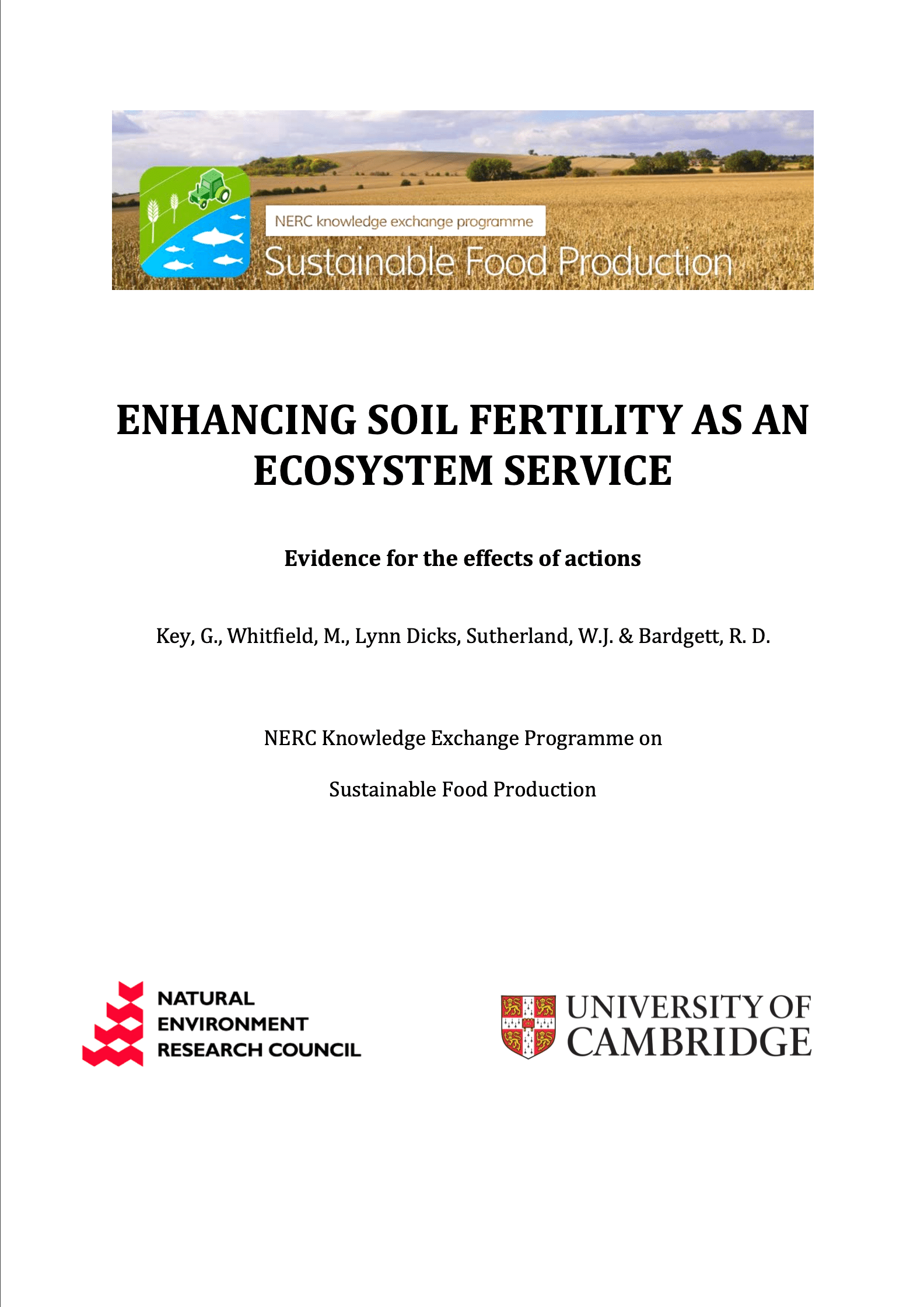Encourage foraging waterfowl
Overall effectiveness category Awaiting assessment
Number of studies: 1
View assessment score
Hide assessment score
How is the evidence assessed?
Effectiveness
not assessedCertainty
not assessedHarms
not assessed
Study locations
Supporting evidence from individual studies
A controlled, replicated experiment in 1995-1996 on a silty clay soil in California, USA (Bird et al, 2000) found that waterfowl foraging activity increased straw decomposition by 78% in untilled plots and 18% in rolled plots (a roller crushes crop remains into the soil) compared to their respective un-foraged plots. Foraging and field tillage reduced nitrogen concentrations in the remaining straw residue at the end of the winter fallow period. Mallards did not incorporate the straw. Individual field plots (25 m2) were subjected to two post-harvest treatments: wet-rolled (field tillage) or untilled, replicated four times. Within these treatments, Mallard Anas platyrhynchos ducks were placed on one half of the plots, equivalent to 33 birds/ha from 1-18 February. Ten soil samples were taken from each plot on five sampling occasions. The study measured levels of residual rice straw and below-ground organic matter (carbon and nitrogen).
Study and other actions tested
Where has this evidence come from?
List of journals searched by synopsis
All the journals searched for all synopses
This Action forms part of the Action Synopsis:
Soil Fertility
Soil Fertility - Published 2013
Soils Synopsis




















